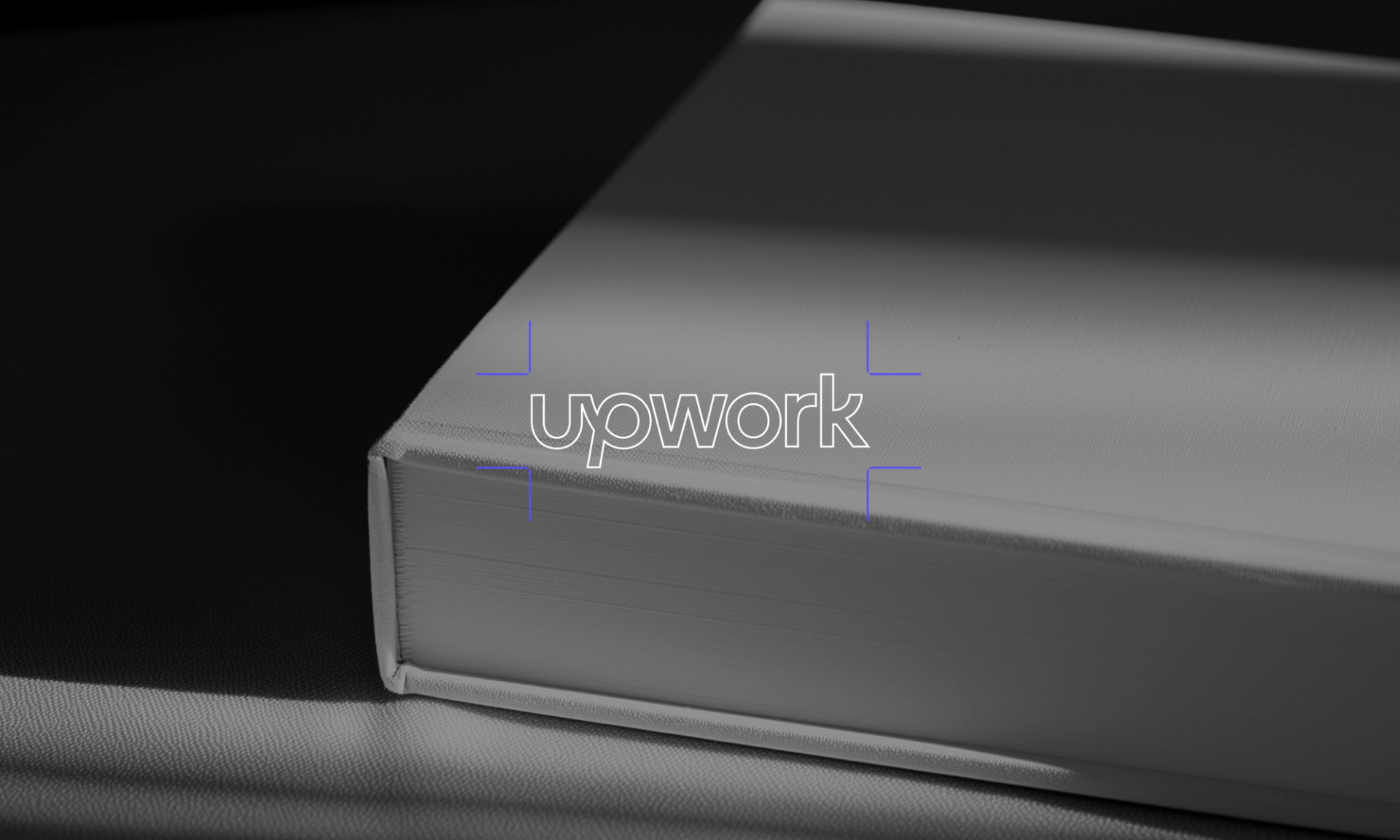The Problem with Brand Guidelines
Traditional brand guidelines only take you so far. Learn how we helped "arm the rebels" on Upwork's design team by creating an actionable set of guidelines.

Metalab
Metalab
Metalab
Metalab
Metalab
Metalab
Metalab
Metalab
Traditional brand guidelines only take you so far. Learn how we helped "arm the rebels" on Upwork's design team by creating an actionable set of guidelines.
